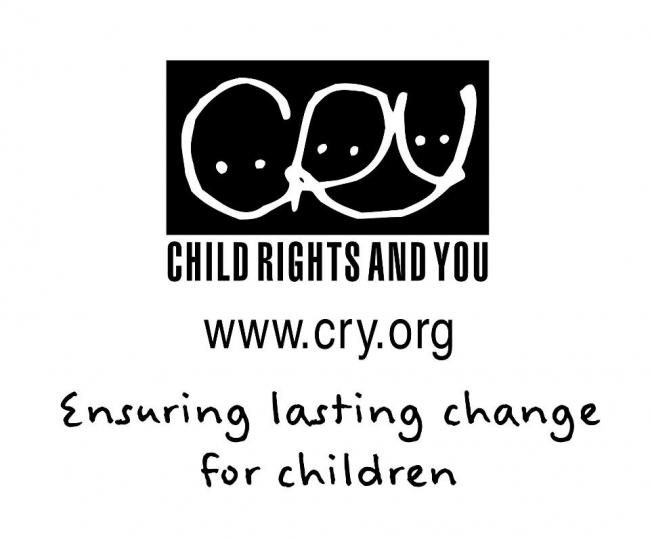
1 in every 3 child labourers in West Bengal is illiterate
This means that one in every three child labourers in the state within the said age group is illiterate. This is the grim reality of children, who work for more than six months in a year.
Even for children who support the family economy by working for less than six months in a year, which is a very common feature in West Bengal, the situation is equally, if not more, bleak. As findings point out, a whopping 48 percent of these marginal workers have compromised their education as well.
A close look at the National scenario also reveals similar trends. As per Census 2011 data, close to 1.4 million child labourers in India in the same age group are denied of their right to education, while a shocking 2 million of the marginal workers are illiterate.
Further district-level analysis of the state scenario shows that illiteracy among working children is highest in North Dinajpur, Maldah and Murshidabad districts with an average of 40%, followed by Purulia with a comparatively lower 30.3%. However, districts like East Medinipur, Kolkata, Howrah and North 24 Parganas fare better with less than 15%, as data revels.
Atindra Nath Das, Regional Director of CRY East said, “There is a high potential of early school leavers and those not learning at school to remain outside the world of employment. These children, when they grow, remain at a risk of not having secured jobs and thus remain trapped in the intergenerational cycle of poverty and deprivation. It is imperative to relook at what we as a nation are investing in our children’s education. We are approaching 6th Anniversary of Right to Free and Compulsory Education and it is crucial that state reviews its strategies in order to reverse this worrying trend.”
Cross-analysis of out-of-school-children data from West Bengal reveals that while 4.3% of students drop out from school during upper-primary level of education, the drop-out rate skyrockets to 18.3% at the secondary level.
With the education indicators for these children plummeting, the reasons why we face this challenge needs to be addressed too. “India’s legal framework is based on the assumption that children can work and still be educated. The numbers stated earlier blatantly contradict this assumption and are evidence enough that this needs to change, for main child labourers (children who work for more than six months in a year) as well as the marginal ones (children who work for less than six months in a year). In 1992 when India ratified the United Nations Convention on the Rights of the Child (UNCRC), a reservation was made in article 32, wherein the Government of India articulated that it would progressively ban all forms of child labour. Now, after 30 years since the Child Labour Law came into force, India has the opportunity to amend the law in favour of its children,” Atindra Nath Das added.
However, the proposed amendment in the Child Labour law (CLPRA) leaves a glaring gap in the prohibition of labour for children under the age of 14. The new law also allows children in this age group to work in family occupations after school hours.
The Census 2011 data for children engaged in work states that 6.5 million children in India in the age group of 5 to 14 years work in agriculture and household industries. This makes a staggering 64.1% of child labourers in this age group. Further state-level findings show that 53 percent of working children in West Bengal are engaged in similar areas of work.
CRY’s on ground experience reveals that a large number of children engaged in these occupations are working with their families, thus exempting them from the proposed ban. Allowing children to work in family enterprises is likely to have far reaching implications affecting not only their education and learning outcomes but also their health and overall development.
Komal Ganotra, Director, Policy and Advocacy of CRY said, “Working children and those working long stretches before and after school hours have issues of inattentiveness and tiredness in school, lesser attendance, lack of play time and social bonding after school which subsequently leads to drop out and hampers their growth and development. It is absolutely disheartening to see a 37% increase in child labourers in the category of 5-9 years in the last ten years. In tender years where they should be learning to hold a pencil, they are compelled to take up the burden of playing economic roles.”
“Given our current structures of education and labour department and the existing social fabric, it is a matter of great concern to monitor children juggling economic roles while assisting in family employment post-school. This will go against the spirit of Right to Education which needs to be viewed as an equal opportunity to study and learn rather than just mandated hours of schooling. For the learning outcomes to improve our children thus needs to be exclusively in school and learning,” Komal Ganotra added.
Support Our Journalism
We cannot do without you.. your contribution supports unbiased journalism
IBNS is not driven by any ism- not wokeism, not racism, not skewed secularism, not hyper right-wing or left liberal ideals, nor by any hardline religious beliefs or hyper nationalism. We want to serve you good old objective news, as they are. We do not judge or preach. We let people decide for themselves. We only try to present factual and well-sourced news.







